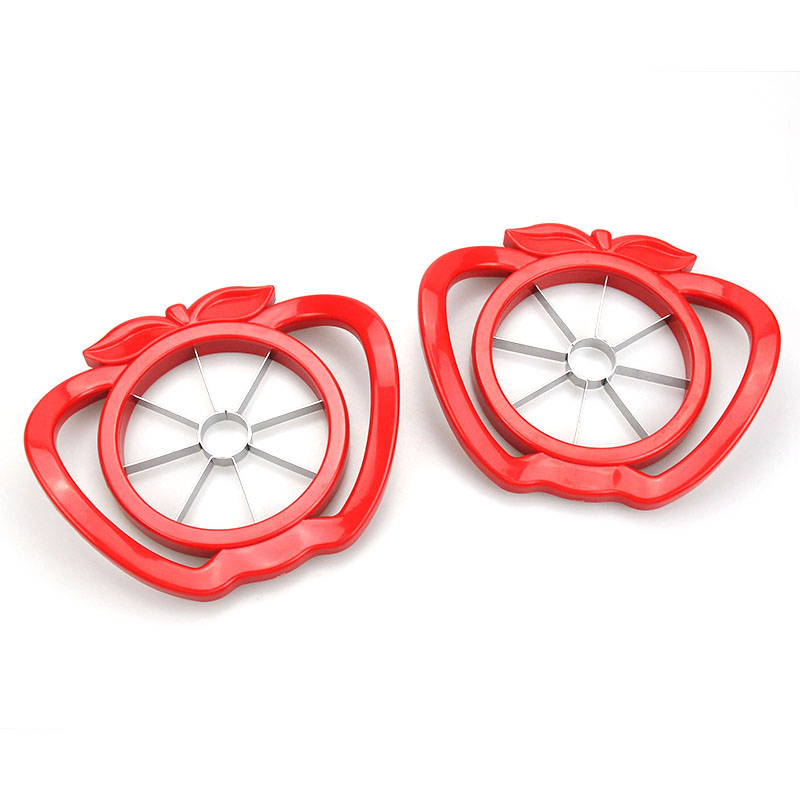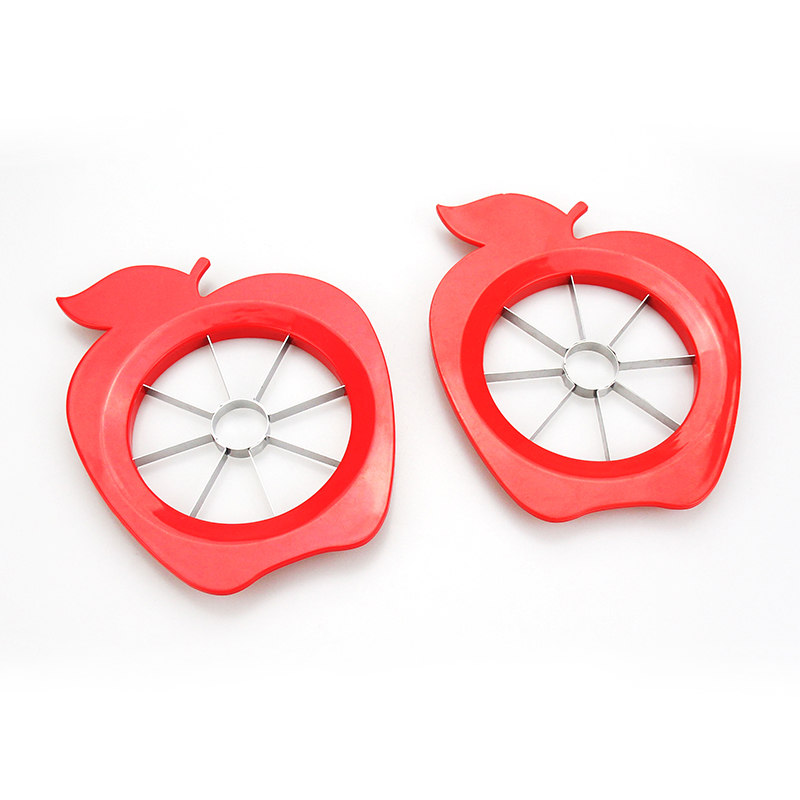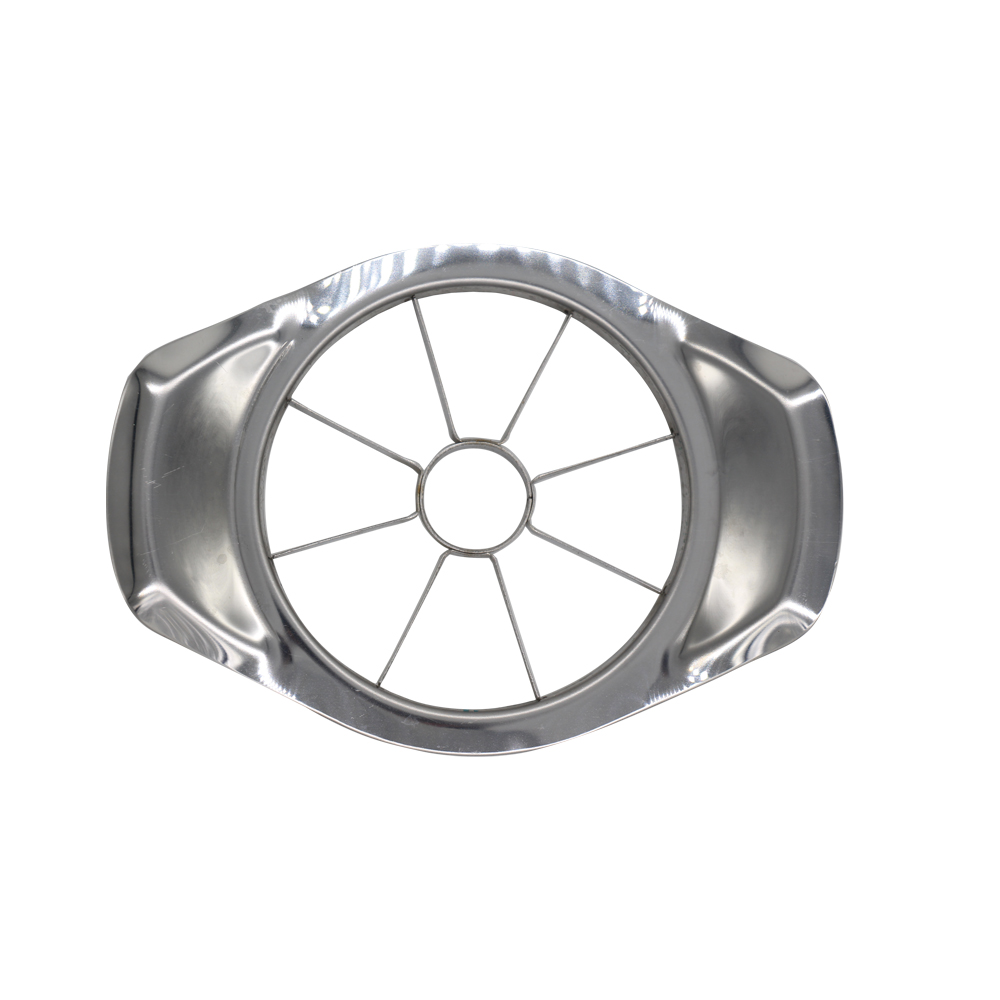Ironwood is called Ironwood, which is a general term for wood that is very hard and tough. It represents different families of wood in different regions and countries. In terms of its main types, Central and South America have Guaiacumspp, Swartzia leiocalycina and Schinopsis spp; Africa has Lophira alata and Black Ironwood ( Olealaurifolia) and Cynometraalexandri; tropical Asia and the Pacific have Mesua spp, Intsiaspp and Eusideroylon zwangeri; North America has Ostryia Virginiana. They belong to different families such as Zygophyllaceae, Leguminlsae, Ochnaceae, Oleaceae, Guttiferae and Betulaceae, and thus the structure and structure of wood The nature is very different and the use is different. Because of its extremely hard weight and toughness, ironwood wood often has other uses that cannot be replaced by wood. For example, wood such as hemorrhoids or ironwood used in the tail shaft of ships has always relied on imports. In the import trade, due to the lack of understanding of the name, identification, materiality and use of wood, the lessons of major economic losses caused by mistakes. More common. This paper briefly introduces the main tree species of ironwood, such as name, distribution, identification points, wood properties and uses, in order to reduce trade errors and make the best use of China's ironwood timber resources. 1. More and more sour wood Guaiacum spp is the most precious and hardest wood in iron wood. It is a tree species of the genus Guaiacum of the Zygophyllaceae family. The trade name LignumVitae, the English name Ironwood, belongs to the name of the English resin - the sore wood resin, the wood contains a large amount of resin, used as a special medicine for treating sexually transmitted diseases as early as four hundred years ago. The genus is distributed in the West Indies, Central America and northern South America. There are three kinds of G. officinale, G. guatamalense and G. Sanctum. The former is the most important. Nicaragua is a sore wood produced in the West Indies and Guatemala, which has a small diameter and affects the value of wood use. Guyana is found in the West Indies and Mexico, and has a wide sapwood, also known as wide-brimmed sore wood, which is said to have a hardness that exceeds that of other sores. The difference between the sore wood heart and the sapwood is obvious. The sapwood is narrow, yellowish white; the heartwood is dark brownish green. Diffuse material, mainly single hole. The same type is single-column and stacked, and the chord surface is visible. The wood has a dry density of 1.15 - 1.33 g / cm 3 and is the hardest and heaviest wood in the world. The wood has a pleasant aroma and a bitter taste. The structure is fine and uniform, the rotary cutting property is excellent, and the corrosion resistance is strong. Wood contains the dual characteristics of natural resin and extra-hard weight. It is self-lubricating for underwater bearing materials and is often used as a special material for the shipbuilding industry. The relevant departments of China's shipbuilding industry imported 3,750 US dollars per ton from Mexico in 1992. Wood is still used in textile equipment, sports equipment, printing plates and rollers, pulleys, bowling and other materials. Heartwood can be used as a dye; resin can be used for medicinal purposes; it can also be used as a spice. 2. Ironwood Mesua spp is a tree species of the genus Guttiferae Mesua. The original name of a family name refers to a tree containing glue, and the name is from a person's name. Trade name Mesua (India); Bunnark (Thailand); Vap (Vietnam); Bosneak (Cambodia); Nagasari (Indonesia) Telimu, Tie Limu, and Iron Edge (middle). English name Mesua or Ceylonironwood. Originating in tropical Asia, India, Vietnam, Myanmar, Thailand, Laos, Cambodia, Malaysia and Indonesia, China's Yunnan and Guangxi have been introduced for a long time, due to small area and low production. The genus is M. ferrea, M. lepidota, M. asmica, elegans, M. grandia, etc. A variety of species, with ironwood is the most common, China's cockroach, Gui introduced only one species, that is, this species. The difference between the iron core and the sapwood is obvious. The sapwood is light yellow to grayish reddish brown, and the new section of the heartwood is reddish-brown with purple stripes. It is dark reddish brown for a long time. Loose hole material, inclined, diameter column. The parenchyma is stripped from the tube. With loop tube tracheids. Wood ray 1-2 columns wide, even 2 columns, shaped, non-stacked, ray cells often contain gum. The wood has a dry density of 0.97-1.12g/cm3, which is a famous hard material in Asia. It is the hardest and strongest wood in China's domestic wood. The wood has luster, no special smell and taste; the texture is slightly oblique or staggered; the structure is fine and uniform; the drying is difficult, it is not easy to deform after drying; the anti-corrosion and insect resistance are strong. The wood is hard and strong, and contains resin. It can be used as a fishing vessel skeleton, rudder stock, bushing and tail shaft cylinder. It is used for grinding balls, machine bases and forging hammers. In terms of musical instruments, mahogany can be used as erhu rods, tubes, wire handles and violin bows. It can be used as a Chopping Board, scale rod, abacus frame and beads. 3, Borneo ironwood Eusideroxylon zwageri Borneo iron wood is Eucalyptus Lauraceae genus Eusideroxylon tree species. Trade name Belian (Sara); Tambulin (Sabah, Philippines); Onglen (Indonesia). English name Borneoironwood (Europe) and Ironwood (English). Distributed in Indonesia, Malaysia and the Philippines. The genus has two kinds of E.zwageri and E.malagangai. The former is called Belian in business and the latter is called Malagangai. The latter has a smaller diameter, a reddish color and a lighter nature. The wood has a dry density of 0.83g/cm3. It is called Pontianak in China and is only distributed in Indonesia and Malaysia. Borneo Ironwood refers to the former. Borneo ironwood tree is hard, easy to peel off, bast fiber is developed, easy to separate. The heart and sapwood are distinctly different, and the sapwood is slightly golden yellow; the new material of the heartwood is dark yellow to reddish brown, and the darkness is dark brown to deep purple reddish brown. Loose hole material, single tube hole or 2-3 double tube hole, axial thin-walled tissue loop bundle, wing, wavy narrow band and wheel boundary. There are oil cells in the parenchyma. The wood ray is non-stacked, and the multi-row ray is 2-3 cells wide and iso-type III, and no oil cells are seen. Oil cells in the Marsh ironwood structure can exist in both parenchyma and ray tissues. Borneo ironwood wood has a dry density of 1.04-1.20g/cm3, the wood is shiny, and the new cut surface has a lemony smell. Straight texture; fine structure; slightly uniform. Easy to air dry. The natural corrosion resistance is extremely strong, and it has not been damaged in the underground test for 30 years. The wood is very hard and heavy, the strength is high, the machining is not difficult, and the machined surface is smooth. Wood can be used for load-bearing components, bridges, piles, docks, etc.; it can also be used for shipbuilding, vehicles, printed wood plates and tool handles; wood is acid-resistant and suitable for containers filled with liquids. 4. Pacific Ironwood Intsia spp Pacific Ironwood is a leguminous Leguminlsae Insica species. One of the hardest timbers exported to Southeast Asia, known as Pacific Ironwood. The surface of the material has a liquid paraffin-like touch, so it is also known as Kalimantan teak. Trade names include Merban (Indonesia, Malaya, Sabah), Kwila (New Guinea), and Lumpaw (Thailand). It is distributed along the coast of the tropical east coast of Africa, Madagascar and tropical Asia along the coast and low altitudes. Malaysia, Philippines, Indonesia, Vietnam, Thailand and southern Myanmar are common tree species in Asia. There are 9 species of this genus, most of which are I.bijuga and I.palembanica. The difference between the Pacific iron wood heart and the sapwood is obvious. The sapwood is light gray-brown; the heartwood is dark reddish brown. The belt has a dark band and a strip pattern. Loose hole material, single pipe hole and short diameter column compound pipe hole, the heart material pipe hole contains yellow or brown sediment. Axial thin-walled tissue wing; a few poly-wings and wheel-bound. The wood ray is non-stacked, with the same shape of single row and multiple columns, and the multi-row ray is 2-3 cells wide. The wood gas dry density is 0.75-0.94g/cm3. The wood is shiny and has no special smell or taste. The textures are staggered and the structure is uniform. The wood is heavy to medium, with high hardness and strength. The wood is resistant to corrosion, has good drying properties and is less dry. The sawing and processing is difficult, the car spin performance is good, and the cut surface is smooth. Wood dyeing, paint and gluing properties are good. The wood is hard and heavy, high in strength, and oily and suitable for high-grade floor materials and heavy structural materials, such as shipbuilding, dock engineering, vehicle body materials. The wood is shrunk, the processing performance is good, and the mask is strip-shaped. It is also suitable for interior decoration, decorative wood, joinery carving and high-grade furniture, musical instruments and so on. Also belonging to the legume family is the scorpion iron wood bean Swartzialeiocalycina. Commercial names are Wamara and Ironwood, distributed in Central and South America. It is a resource-rich material of Guyala, with a wood dry density of 0.92g/cm3. The sapwood is white to yellowish white, and the heartwood is chocolate to dark purple brown. Loose hole material. The axial thin-walled tissue is in the shape of a wheel, a bundle or a wing. String mask wave marks. 5. Red iron wood Lophira alata red iron wood is a tree species of Lophra, Ochnaceae. Alias ​​Iqi, wing red iron wood and so on. Trade names Ironpost (English); Endwi (Celal); Azobe (Ivory Coast); Kaku, Ekki (Ghana); Akoura (Gabon); Aba (Nigeria); Bengosi (Cameroon). English name Redironwood. Distributed in West Africa, from the Sierra Leone to the African rainforests of Gabon, especially in the coastal areas. The difference between the red iron wood heart and the sapwood is obvious, and the sapwood is light stone and has a marking. A porous material containing brown gum or white deposits. The axial thin-walled tissue is sparsely shaped from the band and the fistula. Homomorphic rays, multi-row ray width 1-3 columns, most 1-2 columns. The dry density of wood gas is 0.96-1.12g/cm3. The wood texture is staggered and the structure is thick and uneven. The wood is extremely hard and heavy, with high strength and hardness, and good wear resistance and elasticity. Difficult to dry, dry shrinkage, easy to crack, but stable size after drying. Wood is very durable and is one of the most durable woods in West Africa. Wood processing is difficult and the cutting surface is smooth. Wood is suitable for heavy-duty construction, especially for ships, dock bridges, gates, mine wellheads, etc. Also used as a pool table, toys and various car spin products. 6, black iron wood Olea laurifolia black iron wood, also known as South African iron wood, is Oleaceae Oleaceae Oleaceae Olea tree species. English name Olea or Blackironwood. There are more than 40 species of this genus. Distributed in southern Africa, Asia and Oceania. China's Guangdong O. brachiata is a homologous species. The difference between black iron wood heart and sapwood is obvious, the sapwood is grayish white, the heartwood is brown, and it has black markings. Loose hole material. The diameter of the compound tube and the tube chain are inclined or zigzag or dendritic. The conduit thread is thickened significantly. The axial thin-walled structure is mainly in the shape of a wheel, and has a loop bundle shape and a strip shape. The wood ray is non-stacked, different type II, and the multi-row ray is 2-3 rows wide. The wood has a dry density of 0.96 g/cm3. The texture is straight, the structure is fine and uniform, and the wood has natural durability. The wood is hard and heavy. Difficult to process, it has a passivation effect on the knife and good spin performance. 7. Canadian ironwood Ostrya Virginiana Canadian ironwood is a tree species of the family Betulaceae, Ostrya. There are 7 species of this genus, distributed in the United States, Europe and Asia. English name Hop-Hornbeam. It is very similar to the English subfamily Hornbeam hornbeam (Carpinusbetulus), but in the world timber market, Canadian ironwood is lower than the hornbeam wood. This genus has a kind of Japanese iron wood (O.japanica) called tassel and nursery, English name JapanesesHop-Hornbeam. Distributed in Henan, western Hubei, and western Sichuan, Japan and North Korea are also distributed. The difference between Canadian ironwood heart and sapwood is obvious, and the heartwood is reddish brown. Loose hole material. The tube hole is mainly composed of a slanted tube and a tube-shaped hole. There are dark thin lines between the wheels. The catheter has a thickened thread, a single perforation, and even a stepped perforation. The axial thin-walled tissue is tangential, strip-shaped and wheel-bound. Wood ray is different type III, with many rows of rays and 2-3 cells wide. No traces were seen on the strings. The wood has a dry density of 0.88-1.04g/cm3. The texture is slightly crossed and the structure is even and even. The wood is hard and heavy, with large shrinkage and high strength. Dry and difficult to machine, but the cut surface is smooth and has good natural durability. Wood is suitable for wheels, inlays, engravings, car spins, polo sticks, pits and piles. In addition to the above, there are also East Indian iron wood Mefrrosideros Vera; Uganda iron wood Cynometraalexandri; South American broken axe Schinopsisspp, etc. are very hard and heavy, using the name of the iron wood
Stylish design - 100% stainless steel blades with anti-slip silicone handle for comfortable grip, ergonomic design and cute candy color makes it a shinning star in your kitchen.
Easy to operate. Simply core and cut the fruit into 8 pieces in perfect shapes, just need a hard push on this slicer, simultaneously remove the core with ease. Suitable for fruits up to 3.5 inches diameter such as apples, pears, tomatoes and more.
Apple Corer YANGJIANG TOALLWIN TRADING CO., LTD , https://www.kitchenknife.de
Wood is suitable for wood molds, carvings, car art, wheels, floors, toys, canes and tool handles. 



